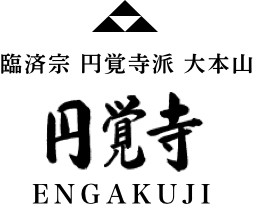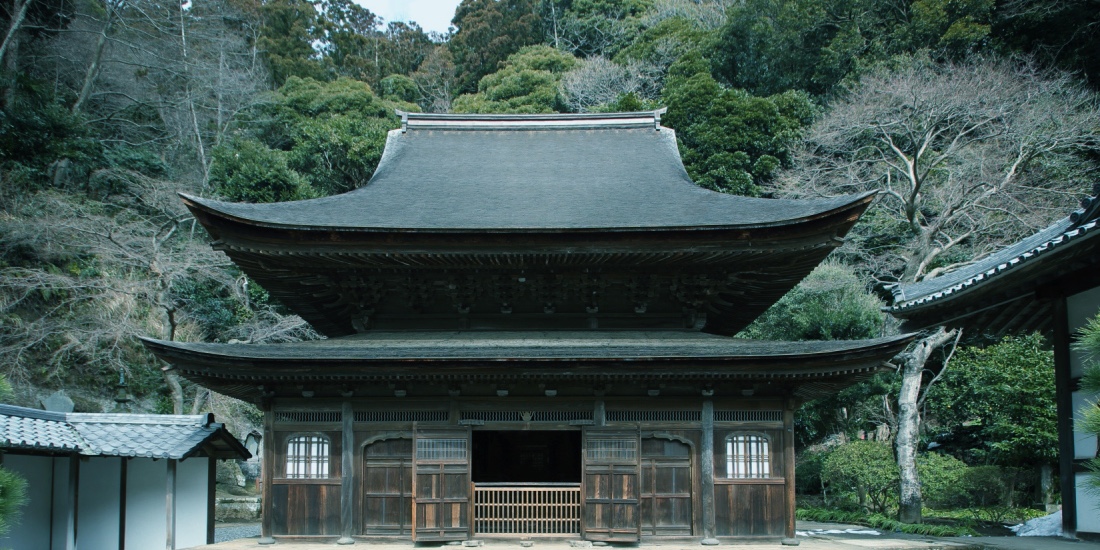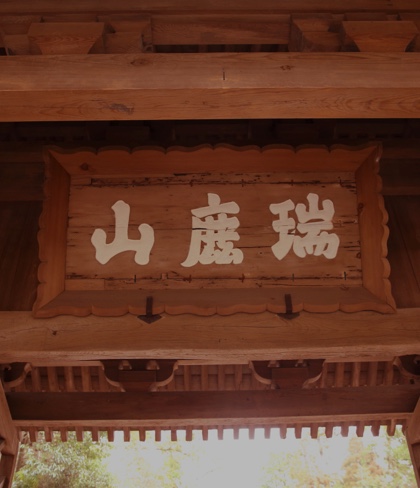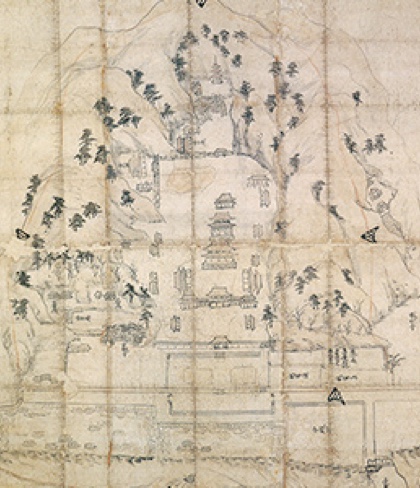FOUNDER
Zen Master MUGAKU SOGEN (1226-86) was born in the era of Northern Song dynasty in China. Invited by HOJO TOKIMUNE (the 8th regent to the Kamakura shogunate), MUGAKU SOGEN crossed the sea and arrived in Japan in the midst of the armed conflicts against Mongolia. Especially in the fierce KouAn-War in 1281, 100-150 thousands of both sides were killed, and MUGAKU SOGEN thereafter set his mind on founding ENGAKUJI in sincere hope of National protection, Zen promotion, and mourning for all war victims of even both sides.
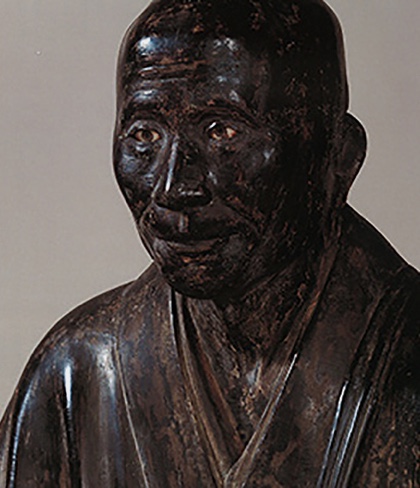
Kamakura Era (13th century), National Important Cultural Properties

